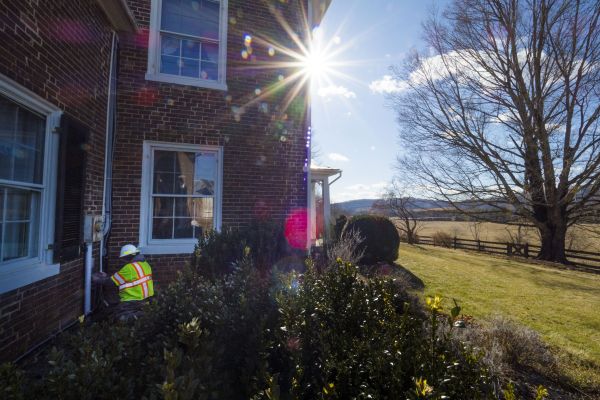On July 10, 2018, USDA’s Rural Housing Service released guidance on new expanded eligibility for USDA-assisted farmworker housing. The change, adopted by Congress in this year’s USDA funding bill for USDA, makes workers admitted to the U.S. on H-2A visas eligible to live in housing financed by USDA’s Section 514/516 Farm Labor Housing program.
H-2A workers were not previously eligible for these rental apartments and houses. Their employers – who must obtain federal approval to bring them to the U.S. to do farmwork for up to a year – are responsible for providing housing for them. USDA’s press release announcing the change quotes Secretary of Agriculture Sonny Perdue: “I am pleased that USDA programs can now better assist farmers needing to provide housing” for their H-2A workers while they are in the U.S.
The law that expanded the program also slightly increased its funding over last year’s levels, but it is not yet clear whether there will be additional demand for these units immediately, or whether the additional funds will be enough to meet any increase in demand. This year’s application period is currently underway (preapplications are due August 27).
The new USDA guidance states that “under no circumstance may any [current tenants in USDA-financed farmworker housing] be displaced from their homes as a result of this statutory change.”
There are no provisions in the law or the guidance explaining how landlords should prioritize new applicants with H-2A visas and those who are eligible but have some other form of work permission such as a “green card” or U.S. citizenship.
Meanwhile, the H-2A program itself may be changing. In May a press release from the Departments of State, Agriculture, Labor, and Homeland Security announced they are developing new rules for the program: “The Trump Administration is committed to modernizing the H-2A visa program rules in a way that is responsive to stakeholder concerns and that deepens our confidence in the program as a source of legal and verified labor for agriculture – while also reinforcing the program’s strong employment and wage protections for the American workforce. In addition, by improving the H-2A visa program and substantially reducing its complexity, the Administration also plans to incentivize farmers’ use of the E-Verify program to ensure their workforce is authorized to work in the United States.”
In early July the Department of Homeland Security announced that exemptions for some Caribbean farmworkers are being cancelled. Those workers did not previously need H-2A visas to come to the U.S. for jobs but, as of August 6, 2018, they will.
USDA also recently started a pilot program “to evaluate the logistical feasibility of having mixed occupancy” in a Section 514/516 property that also receives funding assistance from another program. In other words, USDA is testing whether landlords could still comply with program rules if they have some tenants who are farmworkers and some who are not.

